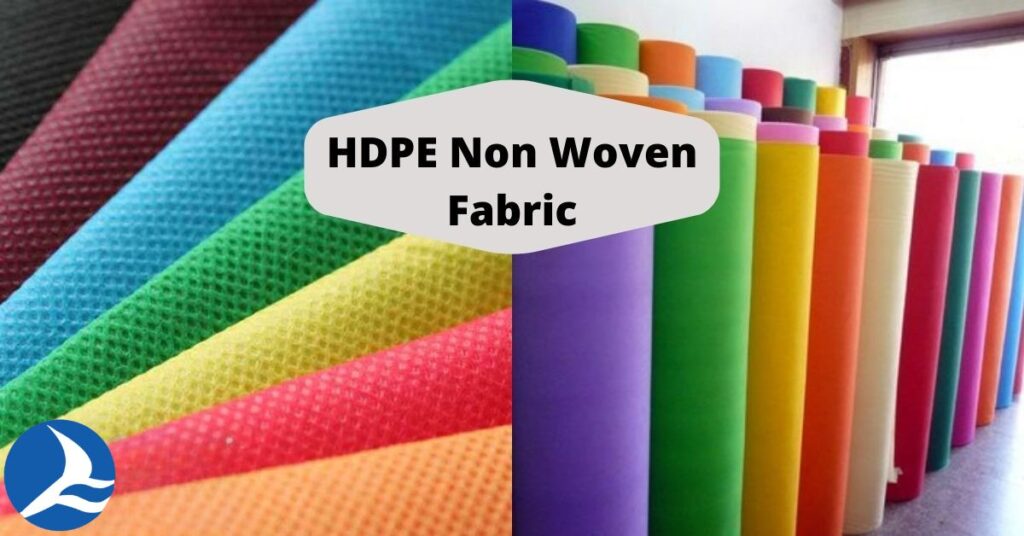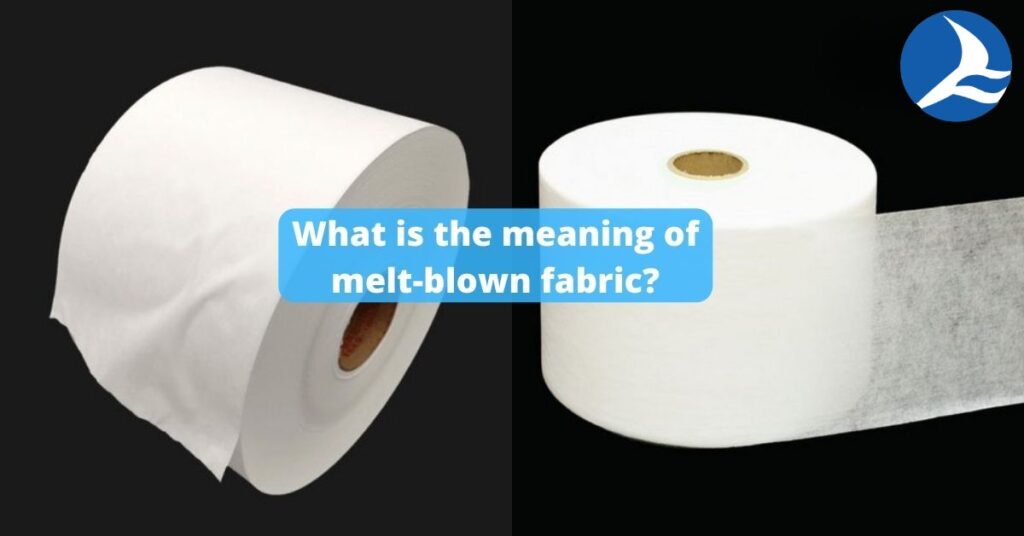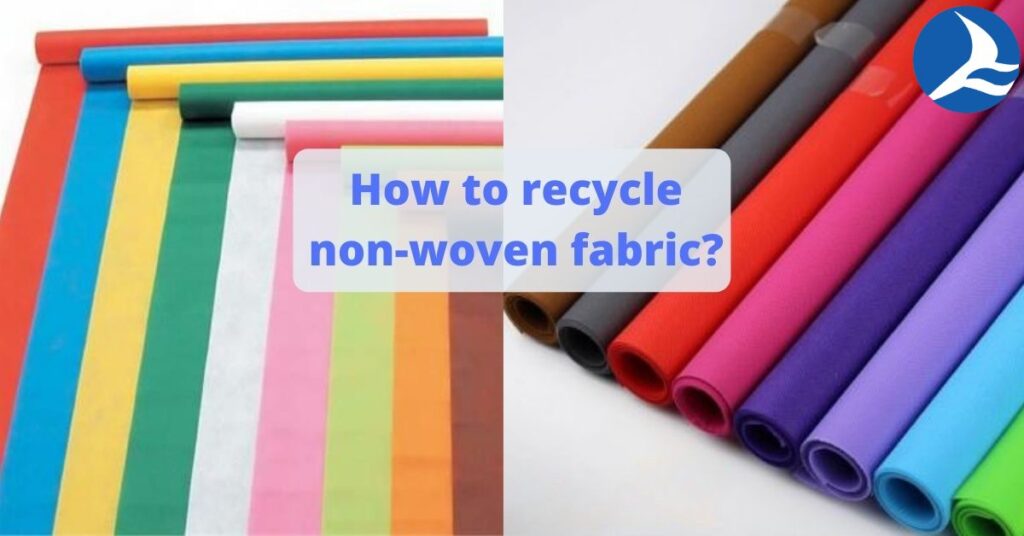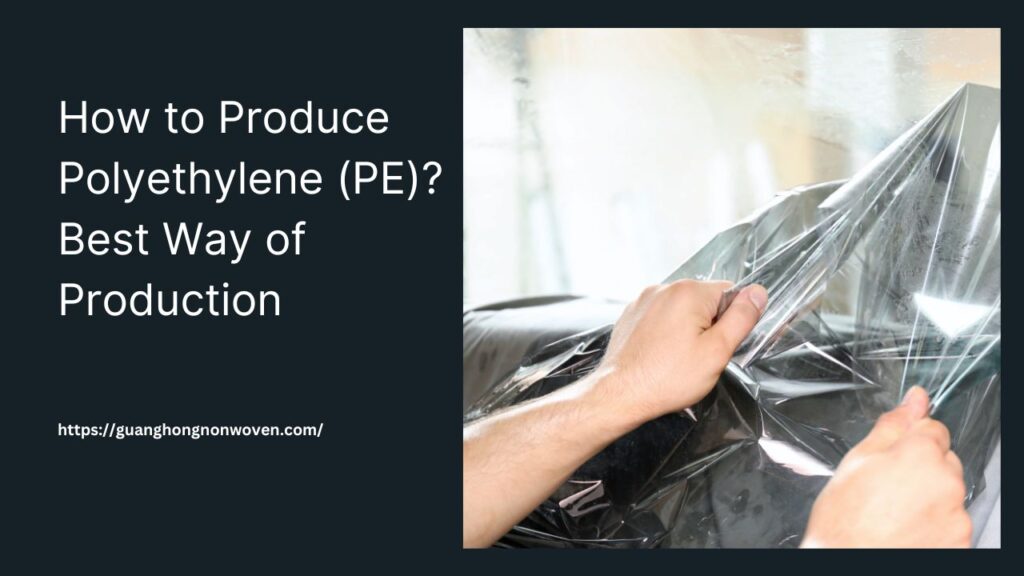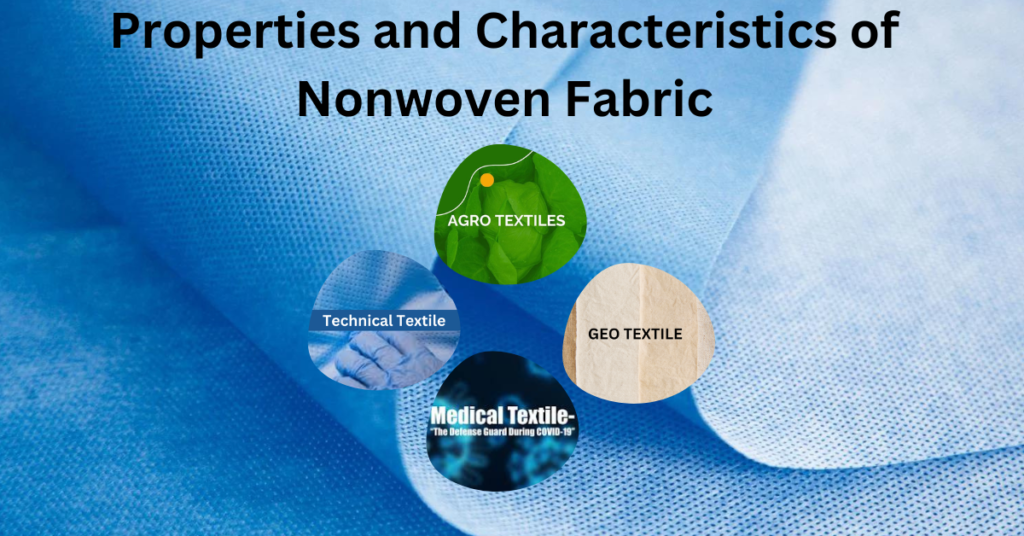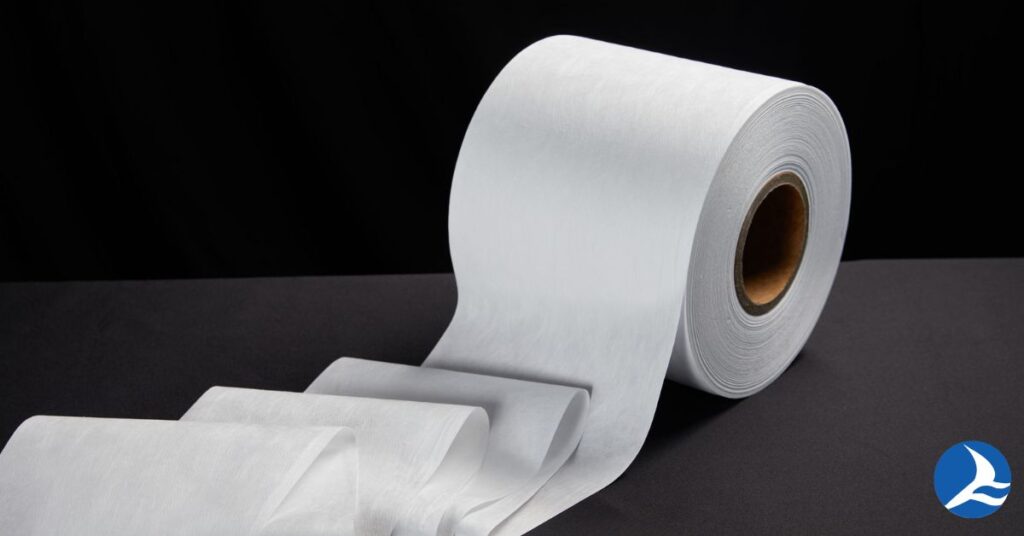HDPE Non Woven Fabric Best Review 2021
Description HDPE Non Woven Fabric HDPE Non Woven fabric is a widespread name in the textile industry. This article describes head to head about HDPE Non-Woven Fabric and the right place for getting the best quality HDPE Non-Woven Fabric. At the end of the paper, we will present an easy manufacturing process to understand […]
HDPE Non Woven Fabric Best Review 2021 Read More »

